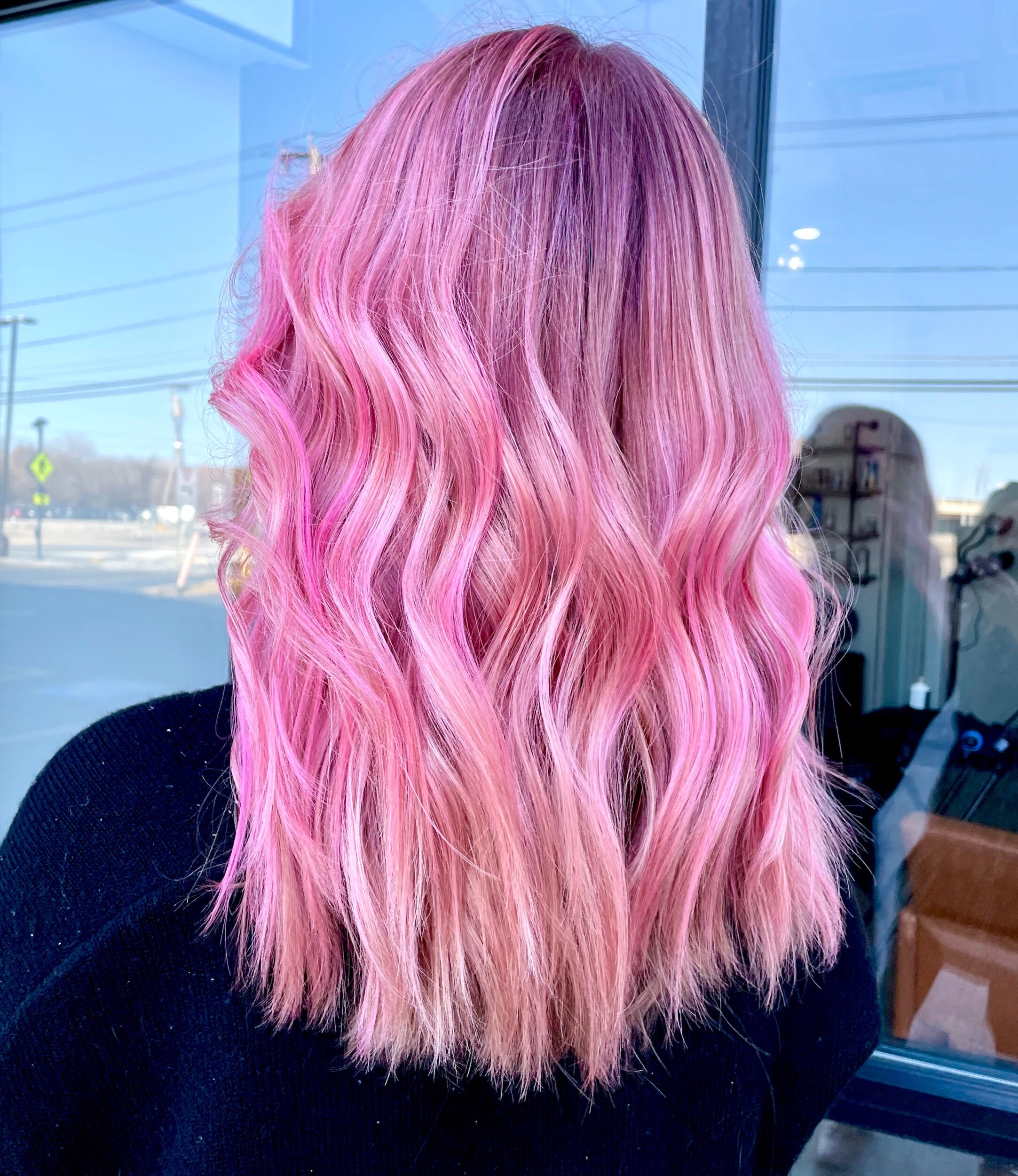Table Of Content

For more information, please see my article about the health benefits to your skin of aloe vera and coconut oil. Your healthcare provider will diagnose a boil on the skin in your pubic area after a physical exam. This should not cause any pain and will be relatively quick. Most of the time, a boil will resolve without any medical intervention.
Is Laser Hair Removal the Solution for Your Ingrown Hairs?
If you still really want it gone, that's okay; it's your body and you're allowed to do whatever you want with your pubes. Just follow the guidance above so, hopefully, you don't have to deal with an ingrown pubic hair again. It will make an infection more likely and can lead to scarring. Some razors are designed to reduce the risk of ingrown hairs.
Preventing ingrown hairs
In the article, you will learn how to treat ingrown pubic hair using natural home remedies and what to do to cure the red bumps. First of all, let’s look at the symptoms and causes of ingrown pubic hair and bumps in the pubic area. The pesky little bumps typically show up on your legs after you shave or tweeze aggressively, forming hairs that grow inside your (now inflamed) skin rather than out of it. “When a hair becomes trapped in the skin, that can lead to inflammation, pustules, or inflamed cysts,” says dermatologist Dr. Caroline Robinson, MD.
How can a person draw out an ingrown hair?

"Sugaring is better than waxing for preventing ingrown hairs," says Karp. Keep that in mind if you're prone to getting those angry red bumps. If you go to a professional that uses sugaring paste, you'll have the best chance of avoiding hair growing back into the skin.
Ingrown hair
Just like shaving, these sharp, broken ends create a breeding ground for hair growing back into the skin. For ingrowns that have already cropped up around the bikini line, exfoliating can assist in alleviating them faster. Patel says to "gently scrub the area twice a day with an exfoliating glove or a washcloth with an exfoliating wash" to remove buildup of oils and dead skin cells. When new hair forms, if the hair follicle is closed up, hair can't grow out of the follicle and through the skin. An ingrown hair is a place where hair has gotten trapped under the skin. If a cyst becomes inflamed or infected, a doctor might suggest a steroid injection or antibiotics.
People with curlier or coarser pubic hair are also more likely to experience ingrown hairs. This should be your first go-to step when you have an ingrown pubic hair. If you took all the precautions and still end up with angry, irritated pubes, don't fret. Here, your game plan for how to get rid of an ingrown pubic hair. Some prescription creams reduce hair regrowth, especially when used after hair removal treatments. These cysts are usually no cause for concern and may resolve on their own.
The science behind this observation was that removing pubic hair also removes clusters of bacteria that reside in and around the hairs. These may have a protective effect, preventing the invasion of other bacteria, such as one of the main causes of UTIs e-coli. And if you find yourself getting desperate (hey, all of us have been there), be sure not to pop or pluck the hair—that's how it can become more infected. But, there are safe ways to prevent and treat those pesky ingrown hairs, whether they're on your pubic area, face, or legs.
How do you prevent an ingrown hair?
This should loosen the hair and encourage the tip of the hair to come out of the skin. You can help the process along with a simple home remedy. Just apply a warm, clean washcloth as a compress to soften your skin, which can help move the hair to the surface of the cyst. You may be able to get an idea of the type of ingrown hair cyst you're dealing with depending on where it is located on the body and what it looks like. Like laser hair removal, electrolysis requires several treatments over the course of a few weeks or months.
How to Deal with Ingrown Pubic Hairs
6 Causes of Itchy Pubic Hair and How to Find Relief - Livestrong
6 Causes of Itchy Pubic Hair and How to Find Relief.
Posted: Mon, 10 Jul 2023 07:00:00 GMT [source]
An old or dull razor can harbor bacteria and cause ingrown hairs. Ingrown hair cysts are small, fluid-filled sacs of tissue on the skin. They form around a piece of hair that is growing into the skin instead of out of it.
The best way to deal with ingrown hair bumps around your pubic area and bikini line is to prevent them in the first place. This is usually done by using proper hair-removal techniques. Dr. Hardik Soni is the founder and Medical Director of Ethos Aesthetics + Wellness. Dr. Soni believes in a more conservative approach and his first goal is education. Clients are able to determine the ideal treatments after discussion with Dr. Soni regarding the expected outcomes, cost, as well as risks. Clean the area with warm, soapy water, clean your angled tweezers with alcohol and gently grasp the hair.
If you have chronic ingrown hair problems, it might be best to avoid shaving altogether. Instead, consider permanent ways to remove hair, like laser treatments or electrolysis. Although quite not permanent, depilatory methods, which include liquid or cream treatments like Nair, can produce long-lasting results as well. Shaving and waxing are the most common causes of ingrown hairs.
Taking measures to prevent ingrown hairs and treating any infections promptly can help prevent these. If you often develop infected ingrown hairs, the doctor may take a skin sample for testing. You may have a higher risk for ingrown hairs and related infections if your hair is naturally coarse or curly.
A doctor may only recommend treatment if a cyst causes pain or other symptoms or if it becomes infected or inflamed. One ingrown hair may form a cyst — a red, yellow, or whitish lump beneath the skin. If a person develops an infection, they should contact a healthcare professional for treatment. A person with an ingrown hair or resulting cyst should avoid scratching, picking, or squeezing it. Over time, an ingrown hair may develop into a cyst — a sac of fluid beneath the skin.
Infected ingrown hairs may occur as painful bumps sometimes filled with pus. If your ingrown hair is infected, you need to seek medical advice from your doctor. Inflammation, redness, and discomfort may be caused by ingrown pubic hair, so you can call your doctor to prescribe an ointment or cream that can reduce the swelling and irritation.












